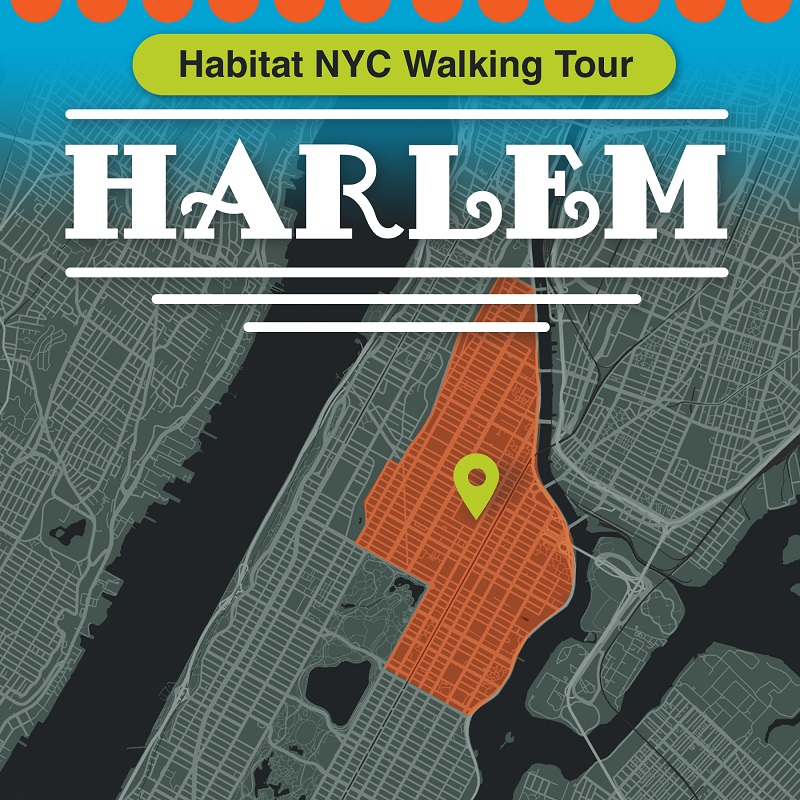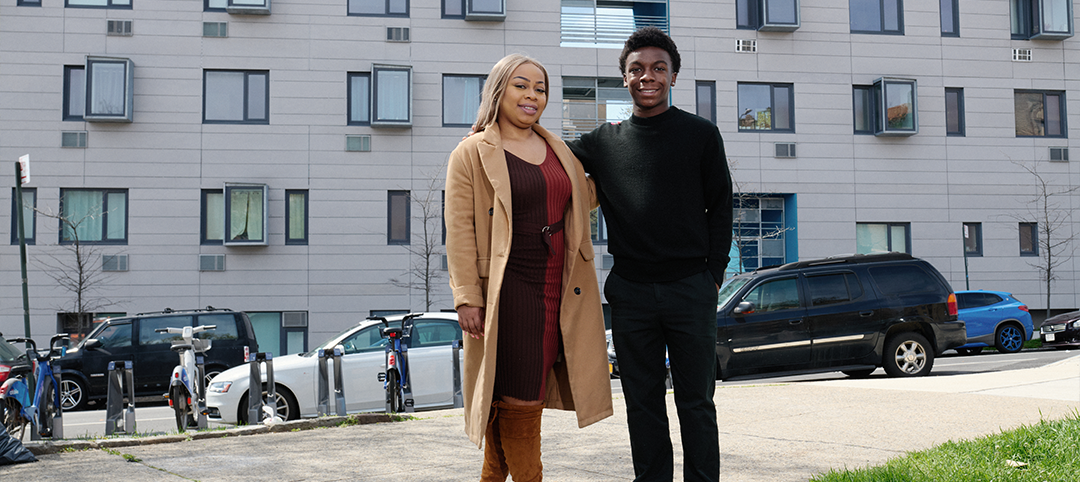We missed our city while we’ve been sheltering at home: we missed all the different neighborhoods, cuisines, languages and histories of the five boroughs. We’re starting to peek out the door a bit, we still can’t experience our city in full. So we’re going to take our followers on a tour of 10 NYC neighborhoods where we’ve built. We’ll feature our projects, the history and culture of the neighborhood, and some fun facts along the way.
Harlem, Manhattan
Today we are headed uptown to one of Manhattan’s most storied neighborhoods, Harlem!
Harlem, a community known around the world, was not always so central to New York’s story. In fact, the Village of Harlem was a far-off community from the 1650’s through the early 19th century. The Battle of Harlem, in which General Washington’s forces beat back the British (his first victory of the war!), was fought at what is now 125th Street. Though, later, British forces burned Harlem to the ground during the American Revolution, and it was slower to recover than other damaged areas of the city. The report that accompanied the Commissioners’ Plan of 1811, which laid out the grid system for the city, noted that it was “improbable that (for centuries to come) the grounds north of the Harlem Flat will be covered with houses.”

It wasn’t until after the Civil War, with the introduction of subway and elevated train lines, that Harlem’s population and housing stock boom. One of urbanizing Harlem’s most visited landmarks was the Polo Grounds – a group of three stadiums for professional baseball, football, soccer, boxing and more. The Polo Grounds was the home field of the Yankees from 1913 through 1922 and the Mets’ first two season, and home to the Giants from 1925 to 1955 and the Jets from 1960 through 1963.
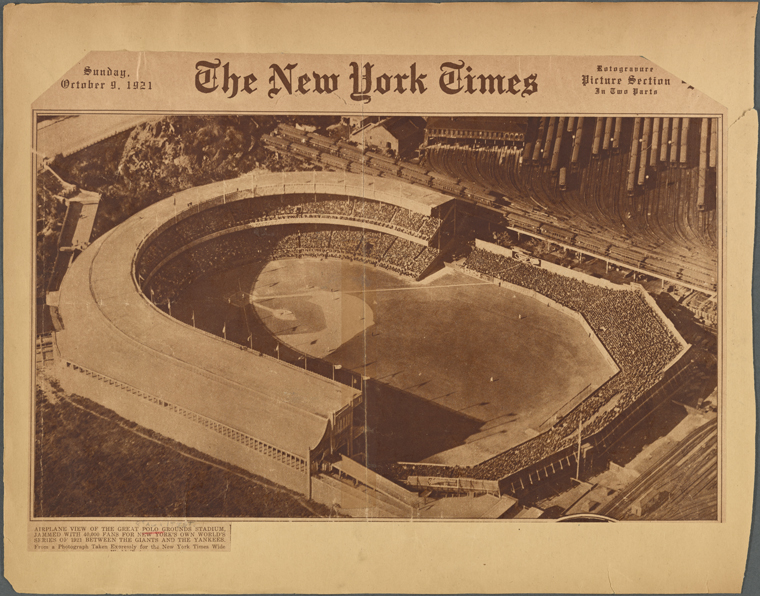
And even though the Mets are Queens through and through, in 2012 the Mets Alumni Association and Citi joined us for a BWK project in Harlem! World Champ and stolen base king Mookie Wilson as well as Habitat NYC Board Member Ron Darling gave a hand too!
Today, at the site of the old stadiums now stands NYCHA’s Polo Grounds Houses, four 30-story buildings, home to 1,616 families. A plaque on the property marks the approximate location of home plate within the demolished ballpark.
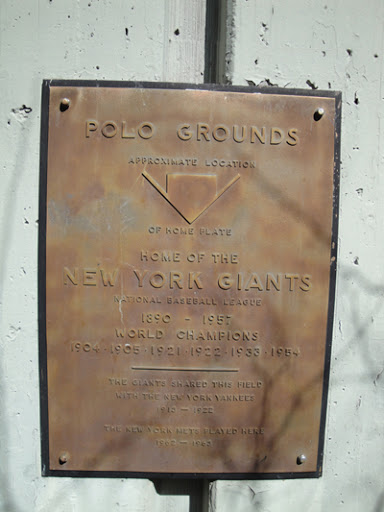
Harlem remains world-famous for being the center of Black culture in the US, particularly in the early 20th century. As we saw with many other majority-Black neighborhoods around the city, thousands of Black families fled violence and poverty in the south and moved to NYC during the Great Migration. Between 1910 and 1930, Harlem’s Black population increased from 10% to 30%.
Around the end of the First World War, Harlem was home to newcomers looking for work and a growing Black middle class. During this time, the artistic, cultural and social movement known as the Harlem Renaissance began. The Harlem Renaissance saw the elevation of Black voices in theatre, literature film, music and more. Artists like Langston Hughes, Zora Neale Hurston, Claude McKay, Jelly Roll Morton, Duke Ellington, Ethel Waters and Jacob Lawrence became household names.
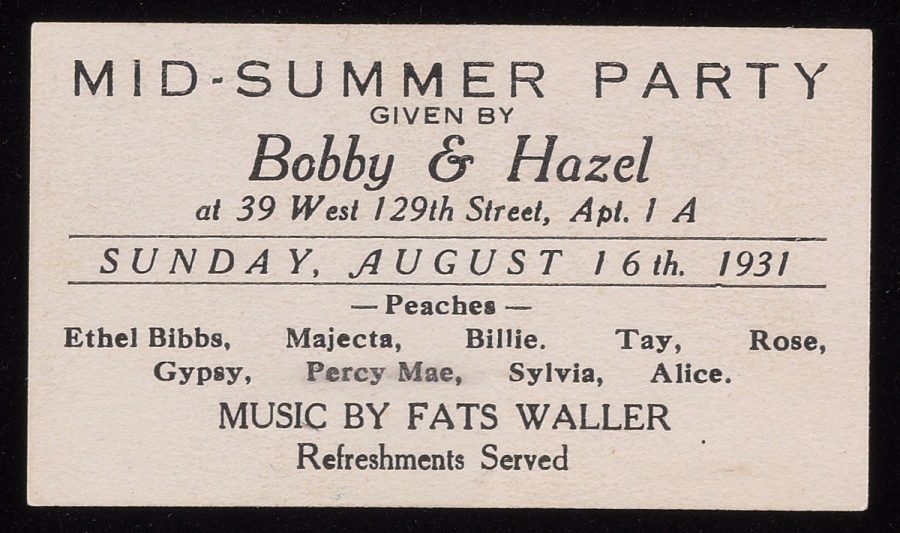
One of the ways that jazz musicians made a name for themselves around Harlem was to play at “rent parties.” Rent parties were social events where tenants would hire a band to play in their apartment, and charge those who wanted to come to the party. That money would be put toward the rent. But they were also a way for Black New Yorkers to socialize, have fun and forget, just for a moment, about the hardships they faced. The Harlem Renaissance redefined how white Americans viewed Black Americans, and firmly established the Black experience as part of the American artistic canon. Of course Harlem residents still faced a deeply racist American society.
The Great Depression hit Harlem hard. 25% of residents were out of work, and job prospects were not good. Clearly the need to escape hardships remained. Enter the world-famous Apollo Theatre. The Apollo Theatre, originally a whites-only vaudeville and burlesque theatre, rescinded their segregated policies, and “re-opened” in 1934. The owners of the Apollo began to hire and admit Black and Latino New Yorkers. The Apollo is famous for showcasing the best in Black music, dance and theatre.
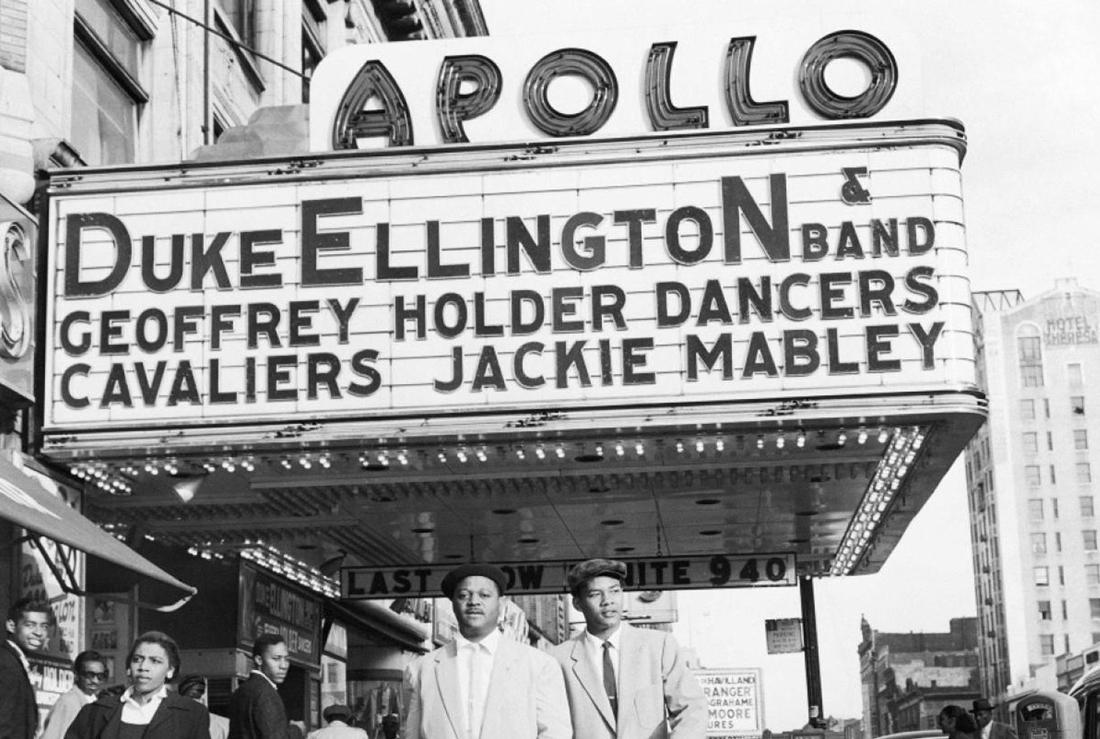
Perhaps you’ve heard of some of the artists who launched their careers at the Apollo. Artists like Billie Holiday, Ella Fitzgerald, Sammy Davis Jr., James Brown, The Supremes, Parliament-Funkadelic, Wilson Pickett, Gladys Knight & the Pips, Dionne Warwick, The Jackson 5, Patti LaBelle, Marvin Gaye, Luther Vandross, Stevie Wonder, Aretha Franklin, Ben E. King, The Isley Brothers, Lauryn Hill, and Sarah Vaughan.
Shows at the Apollo could help residents forget their troubles, which were many. The Depression-related unemployment, compounded by industries leaving the city and racist disinvestment in the community, lead to riots, rent strikes and more tension between Harlem residents and the City and the police.
By the 1960’s, housing quality had completely disintegrated. Community groups like Congress of Racial Equality, Harlem Youth Opportunities Unlimited (HARYOU), and others attempted to force landlords to bring buildings up to code, control vermin, to provide heat during the winter, and comply with existing rent control regulations. Instead of meet these demands, landlords would often abandon properties, or burn them for insurance money. In 1981, the City owned 60% of the area’s residential property, including at least 300 brownstones and town houses and 1,308 multifamily homes. Landmarked homes were selling at auction from $5,000 to $42,000.
These City-owned properties, with a little hard work from some dedicated volunteers, could be transformed into stable, affordable homes for families. Hmm… who does that kind of work around here? Oh, right. We do! Habitat NYC has worked in Harlem for more than 20 years! In fact, Habitat’s 100,000th home built worldwide was completed right here in Harlem in 2000. And our favorite volunteers stopped by to check it out – President and Mrs. Carter!
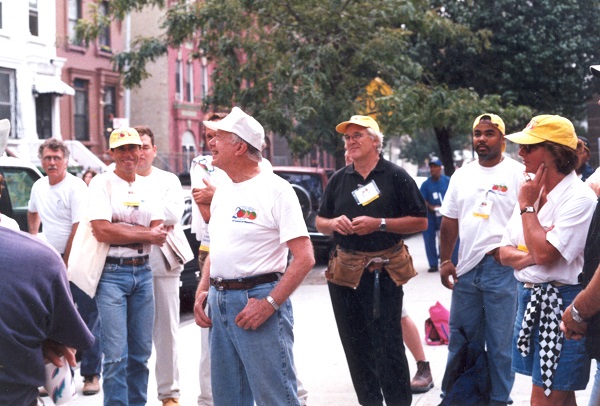
The 2000 Carter Work Project brought together 2,000 volunteers to build 10 homes in Harlem, as well as Jamaica, Queens, BedStuy, Brooklyn and Crotona Park in the Bronx
The home, on 134th Street, made quite the stunning transformation!

In 2005, we teamed up with Citigroup, Credit Suisse First Boston, HSBC, PNC Bank, Wachovia and Washington Mutual to build homes in Harlem and Queens! We partner with caring companies to help build and preserve homes, but we’ve also worked with numerous churches from the community. Both Abbyssinian Baptist and New Light Baptist Church have been our partners in volunteering and advocacy.
More recently, we’ve hosted great big volunteer days in Harlem community centers, like our annual Fleet Week BWK at Manhattanville Community Center and MLK Day celebrations at Catholic Charities’ Joseph P. Kennedy Center.
Another Harlem project of which we are so proud is our work with the La Celia Owners Co-op in East Harlem. Our Community Fund worked with the 123 units building, approving them for a loan that will help restore the building, preserving its affordable status for generations!
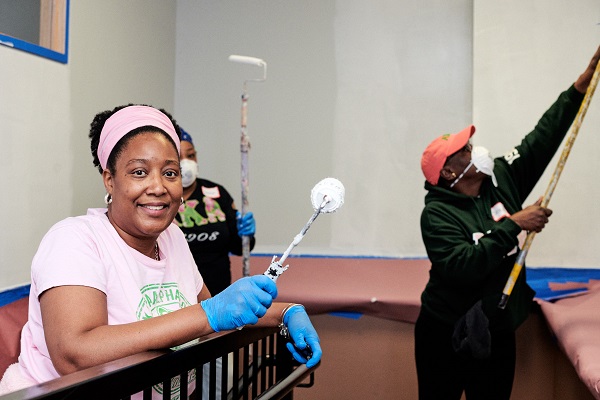
No trip to Harlem is complete without stopping at Sylvia’s. After all, the founder, Sylvia Wood, was known for decades as “The Queen of Soul Food.” Go because Sylvia has fed folks from Bruno Mars to President Obama. Born and raised in South Carolina, Sylvia and her husband came to Harlem with the Great Migration. In 1962, she purchased the luncheonette where she worked, and built it into a thriving, nation-wide business. The business is still owned by the Woods family. During the COVID-19 pandemic, Sylvia’s Restaurant donated dozens of meals to Harlem Hospital. The restaurant announced plans to open a food product pop-up pantry to serve the community. That puts some real heart in soul food!
Harlem is a community brimming with many cultures. That’s why you can find stellar Japanese, Ethiopian, Puerto Rican, Italian and more. Sushi Inoue serves up world-class sushi, and was rewarded with Harlem’s first Michelin Star.
To say that Harlem is one of NYC’s most important neighborhoods would be a tremendous understatement. This community isn’t just part of the city. It is the city. And we are honored to have played a part in it.
